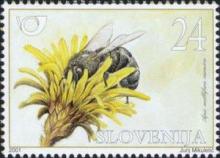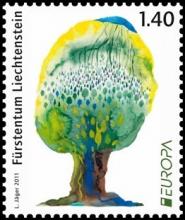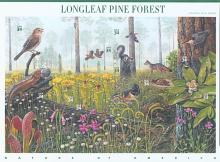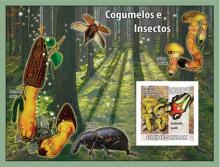Continuous exposure of bees and brood to imidacloprid may ultimately cause colony collapse
Imidacloprid is the first highly effective insecticide whose mode of action has been found to derive from almost complete and virtually irreversible blockage of postsynaptic nicotinic acetylcholine receptors (nAChRs) in the central nervous system of insects. Imidacloprid mimics the action of acetylcholine, but unlike acetylcholine, imidacloprid is not deactivated by acetylcholinesterase and thus persistently activates nAChRs. Chronic exposure of insects to imidacloprid therefore leads to cumulative and virtually irreversible blockage of nAChRs in their central nervous system, which play roles in many cognitive processes. A honey bee during a foraging flight must learn and recall many complex visual patterns. These cognitive functions may be perturbed when nAChRs, necessary for the formation of longterm memory and involved in acquisition and retrieval processes, are persistently blocked. At sub-lethal doses imidacloprid can alter honey bee foraging and learning. Imidacloprid has been detected at levels of 5.7 μg kg-1 in pollen from French hives and foraging honey bees reduced their visits to a syrup feeder when it was contaminated with 3 μg kg-1 of imidacloprid. Foraging as well as hive worker bees and brood are likely to be continuously exposed to imidacloprid when contaminated food is collected and stored inside the hive. This may in the course of time be detrimental to the bee colony and ultimately cause colony collapse.









